#bracing
Text


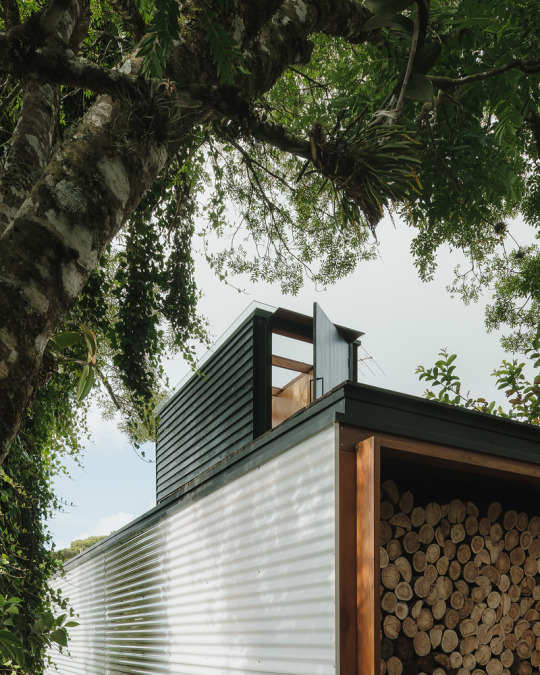
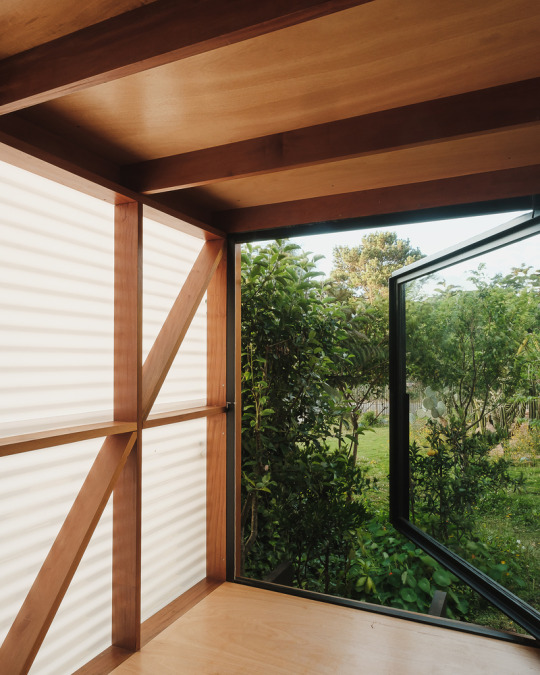
shed ~ sauermartins | photo © pedro kok
268 notes
·
View notes
Text
real talk. my braces are mobility aids too. Like yes, my cane is a mobility aid. but I rely on my braces to walk and generally get around just as much as my cane.
I just use them in different circumstances. I can use my braces at work unlike my cane, and it leaves both hands free. My cane provides more general support and specifically supports my hips where my braces don’t.
both are good, both are mobility aids, and both are valid. all the love! 💜💜
#parker’s super cool chronic pain#parker talks#hypermobility#chronic pain#chronically ill#joint pain#chronic joint pain#hypermobile ehlers danlos#joint hypermobility#ehlers danlos syndrome#hypermobility spectrum disorder#hypermobile spectrum disorder#cane user#mobility aid user#braces#brace user#is that a tag#i don’t think so lmao#bracing
244 notes
·
View notes
Text


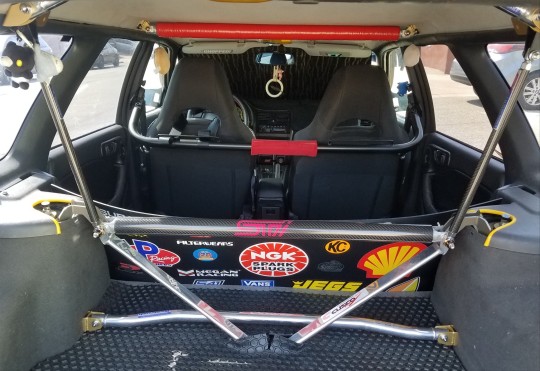

☠️ A tour. 🛠
#subaru#legacy gt#90s japanese cars#custom#jdm#2nd gen#modified cars#car interior#beatrush#sti#bracing#built not bought#my car#mecha gt#bg5#bk6#lhd#import cars#90s jdm#cusco#momo#aem#rear seat delete
23 notes
·
View notes
Text

Bracing my wrist in ✨style✨
#The glove is so the space between my fingers doesn’t get sweaty#It also helps with sensory issues and the itchiness#Along with keeping my hand warm because the compression cuts off some blood circulation#Which is what it’s supposed to do#Reduces swelling#But also makes my hand super cold#The pin reads#I survived the penumbra podcast and all u got was this stupid gender#In case you can’t see it#There is also an#image description in alt#hypermobility#EDS#bracing#wrist injury#Artist injury#the penumbra podcast#the penumbra fandom#the penumbra merch#Merch
6 notes
·
View notes
Photo



A gorgeous, tumultuous October sky sweeps over Big Ditch Wildlife Management Area near Cowen, West Virginia. The temperature yesterday never got much north of 46 degrees Fahrenheit (8 degrees Celsius), and I loved every second of it.
#appalachia#vandalia#west virginia#big ditch wildlife management area#cowen#fall#autumn#october#sky#cold#bracing#wonderful
57 notes
·
View notes
Text
INTENSE ARM WORKOUT WHILE BRACING 💪🥵💫
#stayfit #feelgood #personaltrainer
www.bombshell-fitness.com
.
.
Follow:
@Britishbombshell
@OnlyBritishBombshell
@therealbritishbombshell
S/C: Britishbomshell
TikTok: Britishbombshell2
YouTube: onlybritishbombshell
@entertainmentvibes
@iamsexxboogie
@onlysisterpatterson
.
.
.
#healthiswealth #healthylife #healthylifestyle #longlife #keytolife #toneandtighten #lookgreat #Bombshell #workouts #realcurves #realbody #healthisimportant #healthyliving #britishbombshell #nosurgery #bootyworkout #getfit #getfitwithme #cpt #tummyfat #flatstomach #fitbody #naturalbody #bodygoals #personalizedworkouts #abworkouts #loseweighttoday
3 notes
·
View notes
Text













9 notes
·
View notes
Text
Hovering Stroll
My soul is submerged in the waters of intuition,
As I observe the sky falling
Within me, a sense of peace and urgency are brawling.
It is the awe of salt in the sea of my spirit’s cognition,
That my ancestors and spirit council are calling
No matter your resistance, fate is immune to any attempts of stalling
I am embodied in a dream — that is nightmarish
But this corporeality enables me to eat time as a dish
I’ll fix my palate and nurse the microbiome of my psyche’s gut
Because my 3-eyes are open, and never again will they shut
3 notes
·
View notes
Text

3 notes
·
View notes
Text
wheelchairs and canes and glasses and hearing aids and every single other disability aid should be free btw and if you disagree i hate you
#disability#wheelchair#cane#hearing aids#disability pride#🕸️#elbow/knee/etc. braces included#contact lenses#and i'm not talking cheap shit#i'm talking FITTED WHEELCHAIRS and HIGH QUALITY HEARING AIDS#and glasses with the perfect prescription#HOW is is that we have to PAY to live fairly
102K notes
·
View notes
Text



Vaggie: Adam and Alastor suck.
Lucifer: Would you be interested in being promoted to "Daughter-in-law"?
#hazbin hotel#chaggie#lucifer morningstar#vaggie#charlie morningstar#kinda#giving Lucifer phil dunphy energy ehehe#Alastor#*braces my lesbian self*#my art
29K notes
·
View notes
Text
The Role of Injury Recovery Clinics in Managing DME and Bracing
Injury recovery clinics play a crucial role in helping individuals regain mobility, functionality, and independence after sustaining injuries or undergoing surgical procedures. Among the various services these clinics offer, managing durable medical equipment (DME) and bracing is vital in rehabilitation. DME and bracing are instrumental in providing support, stability, and protection to injured body parts, facilitating optimal healing and recovery.

DME encompasses various medical equipment to assist individuals in their daily activities and mobility. This includes crutches, walkers, wheelchairs, and orthotic devices like braces and splints. Bracing, specifically, involves using orthopedic braces to support and immobilize injured joints, muscles, or bones, promoting proper alignment and healing.
One of the critical roles of injury recovery clinics is to assess each patient's unique needs and prescribe the appropriate DME and bracing solutions tailored to their condition. This involves thorough evaluations by skilled healthcare professionals, including physicians, physical therapists, and orthotists, to determine the most effective treatment plan. The goal is to optimize functionality, alleviate pain, prevent further injury, and expedite healing.
Injury recovery clinics collaborate closely with DME suppliers and orthotic manufacturers to ensure that patients receive high-quality and properly fitted equipment. Custom orthotic devices, such as knee braces, ankle supports, and spinal braces, may be fabricated to provide optimal support and comfort while addressing specific biomechanical issues. Proper fitting and adjustment of DME and braces are essential to maximize their effectiveness and minimize discomfort.
For patient care from orthopedic injuries or surgical procedures, bracing is vital in stabilizing injured joints and facilitating rehabilitation exercises. Orthopedic braces provide external support to weakened or damaged structures, allowing patients to regain strength gradually, range of motion, and function. Additionally, braces can help prevent excessive movement or loading of injured tissues, reducing the risk of complications and promoting safe healing.
Injury recovery clinics also offer comprehensive education and training on adequately using and maintaining dynamic AFO, DME, and braces. Patients receive instructions on how to wear, adjust, and care for their equipment to ensure optimal outcomes. Education may include guidance on proper body mechanics, activity modifications, and strategies for managing daily tasks while wearing braces or using assistive devices.
Furthermore, injury recovery clinics closely monitor patients' progress throughout rehabilitation, adjusting treatment plans and equipment to support their evolving needs. Regular follow-up appointments allow healthcare providers to assess the effectiveness of DME and bracing interventions, address any concerns or issues, and make necessary modifications to optimize patient outcomes.
In conclusion, injury recovery clinics are critical in managing DME and bracing for patients undergoing rehabilitation for orthopedic injuries or surgical procedures. By providing personalized assessments, custom-fitted equipment, comprehensive education, and ongoing support, these clinics help patients regain function, mobility, and independence on their journey to recovery. Effective management of DME and bracing is essential for promoting optimal healing, preventing complications, and facilitating the return to an active and healthy lifestyle.
0 notes
Text
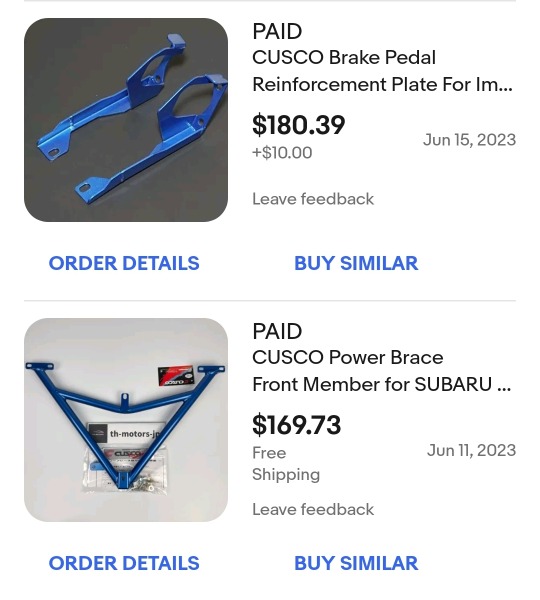
Recently sold one of my bikes so I used some of the cash to buy these 2 parts made by Cusco. Why are the prices similar when the brake pedal reinforcement has way less metal?
I have a feeling both parts are gonna be a PITA to install. They are not listed to fit the 2nd gen Legacy but my eyeballs tell me otherwise. Coming from Japan so it will be a couple weeks.
Why spend that much? Because they both are more of a safety thing for me with the bonus of handling/performance benefits. The car has no brake booster so one part reinforces the firewall from the cabin side, equals a more solid pedal and less stress on the firewall. The car also needed something other than the JDM toothpick of a bumper beam in case of a head on collision.
@deepenter The brake pedal reinforcement plate is something you might try? ✌️
Cusco part numbers:
GC8 Impreza front power brace: 660-492-FM
GD Impreza brake pedal reinforcement plates:
CG 667 486 A
#subaru#cusco#car parts#legacy#impreza#gc8#gda#bk6#thoughts#bracing#brake pedal reinforcement#jdm#custom#modified cars#part numbers
6 notes
·
View notes
Text
The Crucial Role of Seismic Analysis and Design in Building Safety According to NBCC and ASCE Guidelines
Seismic analysis and design are fundamental aspects of structural engineering that ensure buildings and their non-structural components can withstand the forces generated by earthquakes. These practices are not just essential for the safety and integrity of structures but are also mandated by comprehensive guidelines and codes such as the National Building Code of Canada (NBCC) and the American Society of Civil Engineers (ASCE). This article delves into the importance of seismic analysis and design for buildings and non-structural components, guided by the principles set forth in the NBCC and ASCE.
Understanding the Risks
Earthquakes pose a significant risk to life and property. The unpredictable nature of seismic events, combined with the potential for catastrophic damage, underscores the need for rigorous building standards. Seismic analysis and design aim to mitigate these risks by ensuring buildings can endure seismic forces without collapsing, thus safeguarding occupants and minimizing economic losses.
NBCC and ASCE Guidelines: A Benchmark for Safety
The NBCC and ASCE have established benchmarks for seismic safety in the construction industry. The NBCC, applicable in Canada, and the ASCE's standards, widely adopted in the United States and internationally, provide a framework for assessing seismic risks and implementing necessary design and construction practices.
Seismic Analysis
Seismic analysis involves evaluating how a structure responds to earthquake-induced forces. This process helps engineers understand potential stress points and the overall behavior of a building during seismic events. Both the NBCC and ASCE recommend detailed analysis methods, including linear dynamic analysis, nonlinear dynamic analysis, and modal response spectrum analysis, among others. These methodologies help in designing structures that are not only compliant with safety standards but also economically viable.
Design Considerations
The design phase is critical in integrating seismic resilience into buildings. The NBCC and ASCE guidelines emphasize the importance of ductility, redundancy, and energy dissipation in structural elements. Ductility allows parts of the structure to deform under seismic loads without failing, while redundancy ensures that if one part of the structure fails, others can take over the load-carrying responsibilities. Energy dissipation mechanisms are incorporated to reduce the energy transferred to the structure during an earthquake, thereby limiting damage.
Non-Structural Components
Seismic safety extends beyond the structural elements of a building. Non-structural components, including mechanical, electrical, and plumbing systems, as well as architectural elements like ceilings, partitions, and facades, play a crucial role in building functionality and occupant safety. The NBCC and ASCE guidelines require these components to be anchored and braced appropriately to prevent detachment or collapse, which could cause injury or block egress paths during an earthquake.
The Path Forward

In conclusion,
the seismic analysis and design of buildings and their non-structural components, as per the standards of the NBCC and ASCE, are indispensable in the pursuit of creating earthquake-resilient communities. These practices embody a proactive approach to disaster mitigation, emphasizing the critical importance of preparedness and the implementation of engineering solutions that protect both people and their environments.
Tags:
NBCC
ASCE
structural integrity
structural engineering
earthquake resilience
energy dissipation
building codes
seismic design
non-structural components
mechanical systems
disaster preparedness
plumbing systems
ductility
architectural elements
seismic safety standards
seismic risks
anchoring
bracing
electrical systems
redundancy
building safety
linear dynamic analysis
structural components
seismic analysis
modal response spectrum analysis
nonlinear dynamic analysis
earthquake mitigation
seismic guidelines
occupant safety
earthquake-induced forces
Seismic Bracing Experts
Located in Calgary, Alberta; Vancouver, BC; Toronto, Ontario; Edmonton, Alberta; Houston Texas; Torrance, California; El Segundo, CA; Manhattan Beach, CA; Concord, CA; We offer our engineering consultancy services across Canada and United States. Meena Rezkallah.
#NBCC#ASCE#structural integrity#structural engineering#earthquake resilience#energy dissipation#building codes#seismic design#non-structural components#mechanical systems#disaster preparedness#plumbing systems#ductility#architectural elements#seismic safety standards#seismic risks#anchoring#bracing#electrical systems#redundancy#building safety#linear dynamic analysis#structural components#seismic analysis#modal response spectrum analysis#nonlinear dynamic analysis#earthquake mitigation#seismic guidelines#occupant safety#earthquake-induced forces
0 notes
Text
Two-Way Anti-Seismic Support Hanger
By implementing seismic fortification of the electromechanical pipelines and equipment inside the building, a seismic support facility with seismic force as the main load is installed between the building structure and the electromechanical pipelines and equipment. When an earthquake with seismic fortification intensity in the region occurs, it can reduce earthquake damage, ensure the normal operation of internal mechanical and electrical equipment, reduce and prevent secondary disasters as much as possible, thereby achieving the purpose of reducing casualties and property losses.
Features of Two-Way Anti-Seismic Support Hanger
Factory prefabricated and on-site assembly.
Various structural types.
Material customization.
Convenient and fast construction
Application of Two-Way Anti-Seismic Support Hanger
Mainly used in mechanical and electrical facilities such as building water supply and drainage, fire protection, heating, ventilation, air conditioning, gas, heat, strong and weak electricity, etc.

0 notes
Text
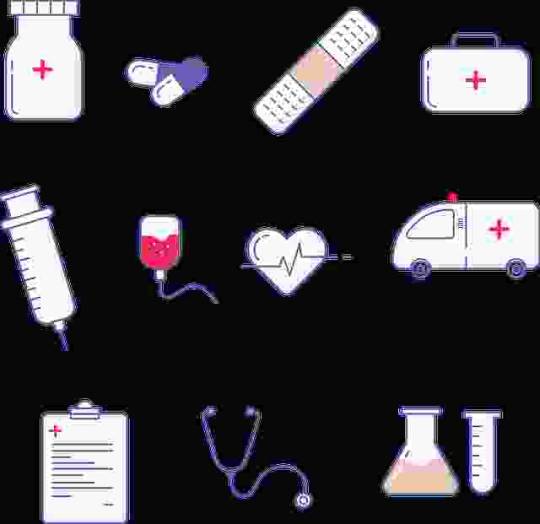
Common FAQ's for kyphosis:
1. What types of kyphosis exist?
Kyphosis is broadly classified into three types: postural, Scheuermann's, and congenital. Poor posture contributes to postural kyphosis, correctable with exercises. Scheuermann's kyphosis appears during adolescence with structural vertebrae changes, while congenital kyphosis is present at birth due to spinal malformations.
2. Can kyphosis cause complications beyond back pain?
Severe kyphosis can lead to complications, compressing internal organs and causing respiratory, digestive, or neurological issues. Addressing these complications is crucial for effective kyphosis management.
3. How does kyphosis impact different age groups?
Kyphosis affects all ages. In children, it may be linked to growth, while in older adults, degenerative changes like osteoporosis play a role. Tailoring treatment to age-specific considerations is essential for optimal outcomes.
4. Are there non-surgical options for severe kyphosis?
Surgery may be recommended for severe cases, but non-surgical options like bracing, physical therapy, and pain management are explored in comprehensive treatment plans, considering severity and underlying causes.
5. How does kyphosis affect mobility and daily activities?
In severe cases, kyphosis can impact mobility and daily tasks due to difficulty maintaining an upright posture. Physical therapy and adaptive strategies play a crucial role in enhancing mobility.
6. Is there a link between kyphosis and osteoporosis?
Osteoporosis, characterized by weakened bones, is a common contributor to kyphosis in older adults. Managing osteoporosis is integral to preventing and addressing kyphosis in this population.
7. Can kyphosis be hereditary?
Certain types, like Scheuermann's kyphosis, may have a genetic component. Understanding genetic factors is crucial for assessing risk and implementing preventive measures in individuals with a family history.
8. How does pregnancy affect kyphosis?
Pregnancy induces body changes, including spine curvature alterations. While temporary postural changes are common, pre-existing kyphosis may require specific considerations during pregnancy, emphasizing tailored care.
9. Can kyphosis be exacerbated by certain activities or professions?
Prolonged sitting, improper lifting, or repetitive strain in certain activities may contribute to kyphosis. Ergonomic adjustments, postural awareness, and exercises can prevent kyphosis-related issues in these settings.
10. What role does mental health play in kyphosis management?
Kyphosis has a significant psychological impact. Integrating mental health support, including counseling and support groups, into the care plan is crucial for holistic well-being.
The early detection and management of kyphosis and other spine disorders is possible by undergoing regular health checkups. There are many good hospitals in India that offer a full body health checkup for the evaluation of the spinal health of an individual.
#kyphosis#spine disorders#spine health#full body health checkup#health checkup packages#regular health checkups#bracing#physiotherapy#physical therapy
0 notes